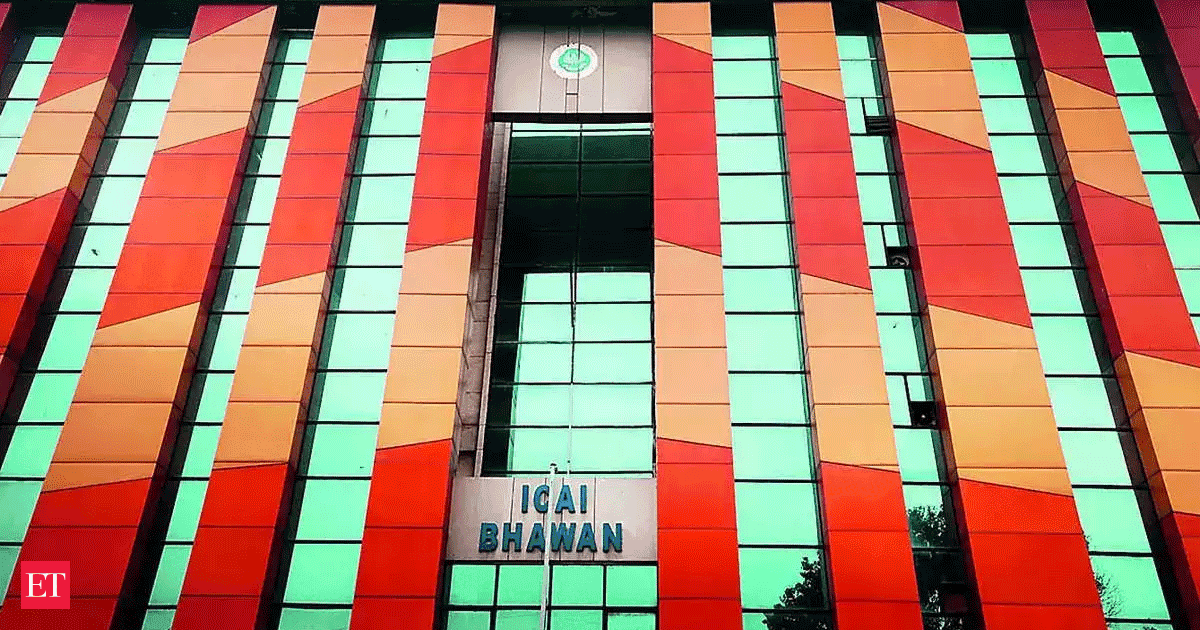Copyright Newsweek

"[Zohran Mamdani] has…put together a coalition of working-class New Yorkers," Alexandria Ocasio-Cortez said when she endorsed him. It’s a vivid story, but is it true? Tuesday’s exit polling tells a more complicated one. The decisive bloc that gave Mamdani a resounding victory wasn’t the very poorest New Yorkers or the ultra-rich; it was the middle and upper-middle. In New York City—where the average household income is about $128,000—that’s less of a paradox than it sounds. But claims from both sides that the young socialist rode a wave of working-class anger are wide of the mark. Common Knowledge From the left, supporters cast the campaign as a worker-led revolt. AOC’s endorsement was echoed at a late-October rally by Bernie Sanders, who hammered home the theme under the banner "New York is not for sale." After the primary, the Democratic Socialists of America declared the outcome "a rejection of the…establishment," saying Mamdani ran "as a representative of a working class socialist movement." From the right (and business-centric critics), the warning was that Mamdani’s prospectus would hurt those it claims to help. Nicole Gelinas, writing in City Journal, argued that it would "disproportionately affect middle-class and poorer New Yorkers," not the wealthy who can adjust or leave. Kathryn Wylde of the Partnership for New York City summed up the business mood as "terrified." And Mamdani’s beaten opponent Andrew Cuomo had dismissed the signature "freeze-the-rent" plan as "political blather." Uncommon Knowledge Here are the numbers from that CNN/SSRS exit poll, which show a more mixed picture. Among the voters, 30 percent earned under $50,000, 28 percent earned $50,000–$99,999, 26 percent earned $100,000–$199,999, and 17 percent earned $200,000 or more. Mamdani took 47 percent of voters in the lowest bracket, 55 percent of voters in the middle-to-low bracket, 55 percent of voters in the middle-to-high bracket, and 43 percent of voters in the top bracket. Cuomo was at 45 percent, 37 percent, 37 percent, and 51 percent, respectively. Based on those brackets and vote shares, weighting the pieces together yields about 51.1 percent for Mamdani and 42.2 percent for Cuomo—a 9-point edge almost entirely supplied by voters between $50,000 and $199,999. The $200,000+ group trimmed Mamdani’s margin (because Cuomo carried it), and the under-$50,000 group added only a sliver. It means roughly 42 percent of all Mamdani votes came from six-figure households. So both sides have misunderstood his constituency. The left is right that affordability dominated—the exit-poll found just over half of NYC voters named the cost of living as the city’s top issue on Tuesday night—but wrong that this was driven by the working class. And the right is wrong that this was a "rich people’s hobbyhorse"—the most affluent leaned Cuomo. What actually happened is simpler: New York’s broad middle—by New York standards—delivered the win. The city’s median household income is roughly $80,000, while the average is around $128,000 because the top end pulls it up. In that context, a "middle-income" voter can be a two-earner renter whose budget is blown by housing, child care, and commuting—and those voters broke hard for the candidate promising to cap fixed costs. So when you hear "working-class uprising" from the left or "luxury-beliefs socialism" from the right, check the income rows. Mamdani won because middle- and upper-middle-income New Yorkers—many of them renters—delivered his margin, while the very rich mostly stuck with Cuomo and the very poor didn’t consolidate either way. In a city where the average household income now brushes $130,000, that’s less of a paradox than it sounds.



